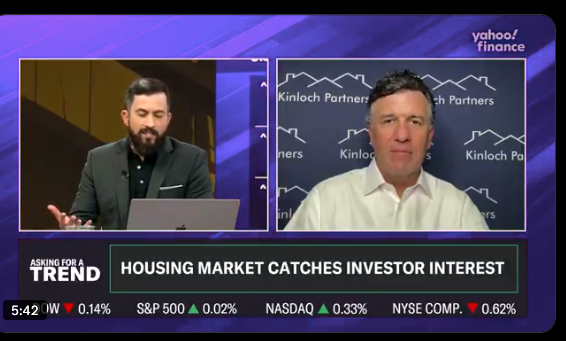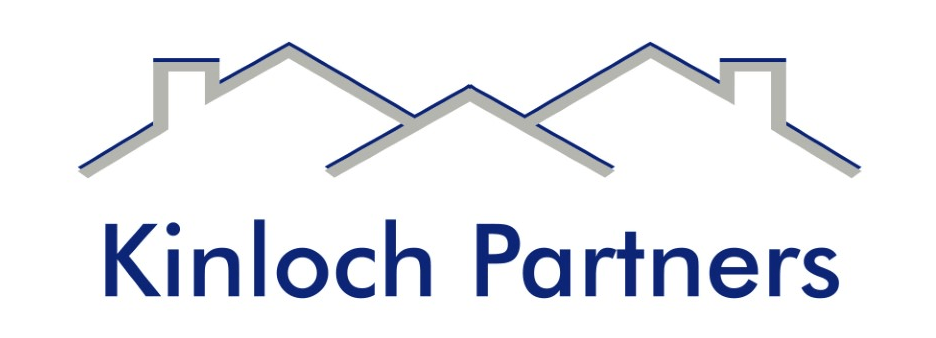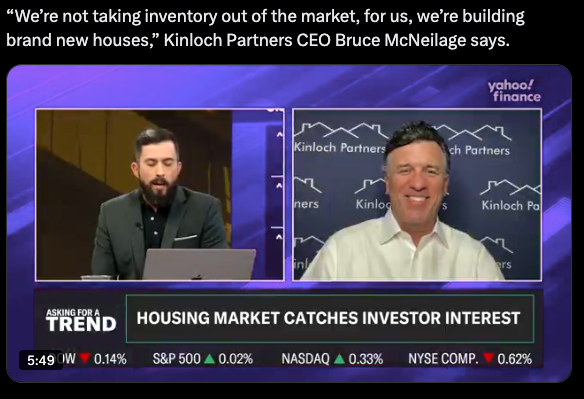Managing Costs in Build-to-Rent
Original story: https://thinkrealty.com/managing-costs-in-build-to-rent/
Simple steps to guard against cost overruns
One of the biggest challenges for any real estate developer or home builder is managing costs. Land, materials, and labor can all fluctuate from a project’s inception to completion, which makes predicting final costs a bit of a moving target.
If you are building houses to sell, most of these cost fluctuations can be passed on to the buyer, as home sales prices tend to have more elasticity. If you are building to rent, however, the amount you can collect each month does not increase if you have cost overruns. This can significantly affect your bottom line.
Managing cost is probably the biggest risk in build-to-rent. Any miscalculation will chip away at your bottom line. This has never been more apparent than in the Covid-19 era, as some material costs have skyrocketed. Lumber for example has doubled and has increased by more than $10,000 for an average size house from pre-pandemic to summer 2020.
Availability of appliances became a pandemic-related challenge as well. When manufacturing shut down in March and April, supply chains were disrupted. Even when manufacturing began to ramp back up in spring and summer, it was at a much lower scale. With a scarcity of dishwashers, washers, dryers and refrigerators, prices went up and any project that launched before March 2020 ended up seeing their profits pinched. Windows and other materials not only went up in price but were supply was also low.
Labor can also be a significant challenge. A good framing crew, for example, will always be in high demand during peak construction times. If you don’t take good care of your crew, they’ll jump to another job, leaving you in the lurch.
So what are some strategies for mitigating potential cost overruns?
First, no matter how good you are at estimating a final project cost, always build in some wiggle room into your pro-forma. It might be tempting to make pie-in-the-sky, low-cost estimates to help attract investors, but this will only come back to haunt you in the end. Project costs almost always change, and they rarely fluctuate downward. It’s best to take a conservative approach with initial project estimates.
Next, build great relationships with your labor pool. As they say, good help is hard to find. If you have a good crew and can give them multiple jobs throughout the year, they will be much more likely to work with you on price. If you have bad relationships with your labor pool and are constantly on the hunt for new people, costs will go up and quality will likely go down. Obviously, neither is a good outcome.
The cost of land, entitlement, and development costs will make or break you in a build-to-rent project. The price of good land and development costs will rarely drop.
Finally, take advantage of today’s low interest rates. While project costs will always have some fluctuation, locking in a low interest rate will keep more money in your pocket and help cover any small fluctuations that occur. This is another area where relationships are important. If you have a lender who trusts you and you have a good track record for success, they will be much more likely to give you the best terms on acquisition and development loans.
Bottom line, you will run into some cost overruns. If you build that into your original estimates, and maintain great relationships with labor and banks, you can cushion the blow from any cost shifts that might occur.











